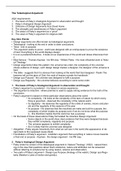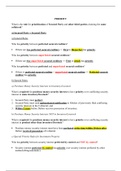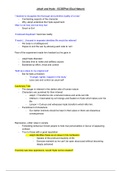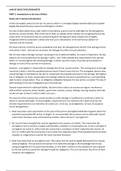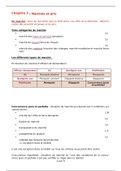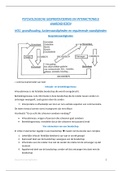Study guide
Philosophy - The Design Argument
- Institution
- AQA
AQA Religious Studies - Philosophy - The Design Argument - Euthanasia - Full in depth notes according to the specification, including quotes, key thinkers and everything needed to achieve an A*.
[Show more]
